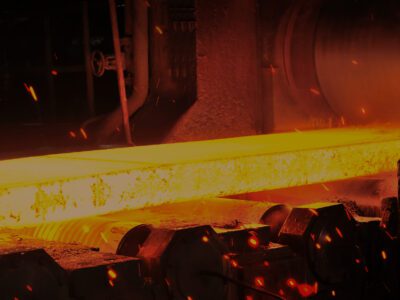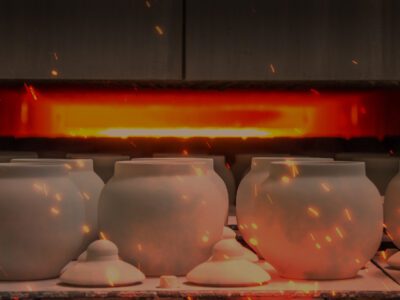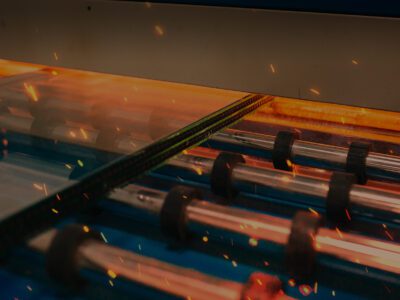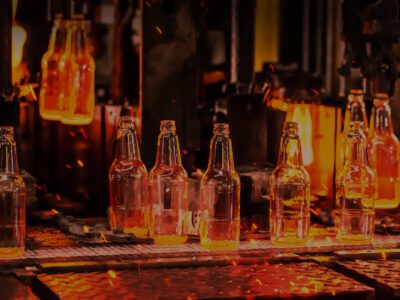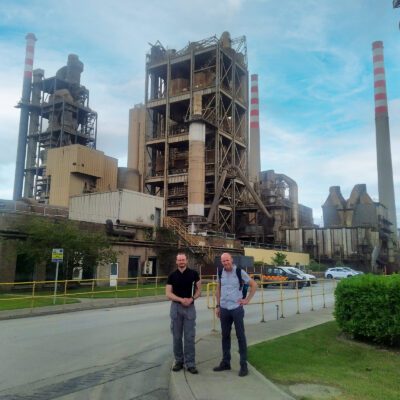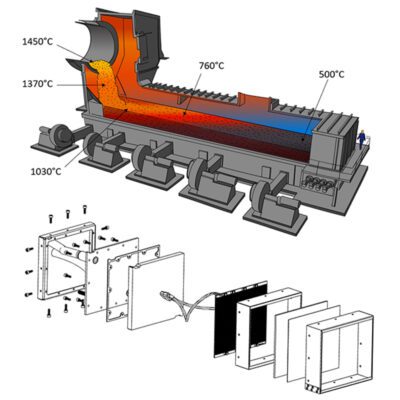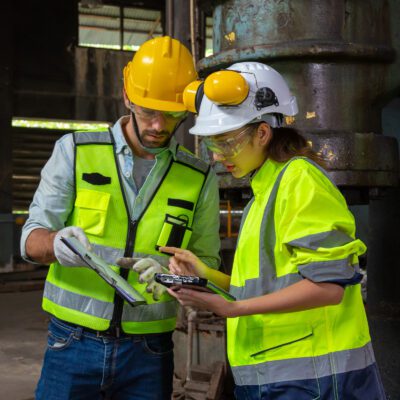Not if the location is appropriately selected. TPV converts Infrared light into electricity and so by design aims to minimise the absorption of heat from hot gasses.
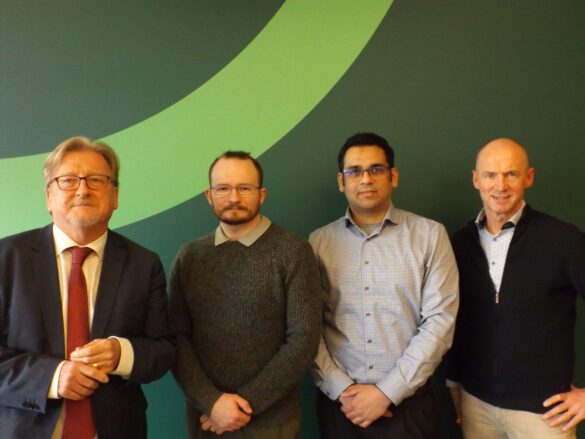 Pyramp boasts a seasoned leadership team led by Iftekhar Hussain, with Pearse Coyle as Executive Chairman and Graham Buckley as CTO. Prof. Brian Norton, a luminary in photovoltaics and former President of TU, Dublin, adds invaluable technical guidance. With a focus on diversity and inclusion, Pyramp's leadership ensures a blend of expertise and innovation to propel the company through its seed-phase development.
Pyramp boasts a seasoned leadership team led by Iftekhar Hussain, with Pearse Coyle as Executive Chairman and Graham Buckley as CTO. Prof. Brian Norton, a luminary in photovoltaics and former President of TU, Dublin, adds invaluable technical guidance. With a focus on diversity and inclusion, Pyramp's leadership ensures a blend of expertise and innovation to propel the company through its seed-phase development.

